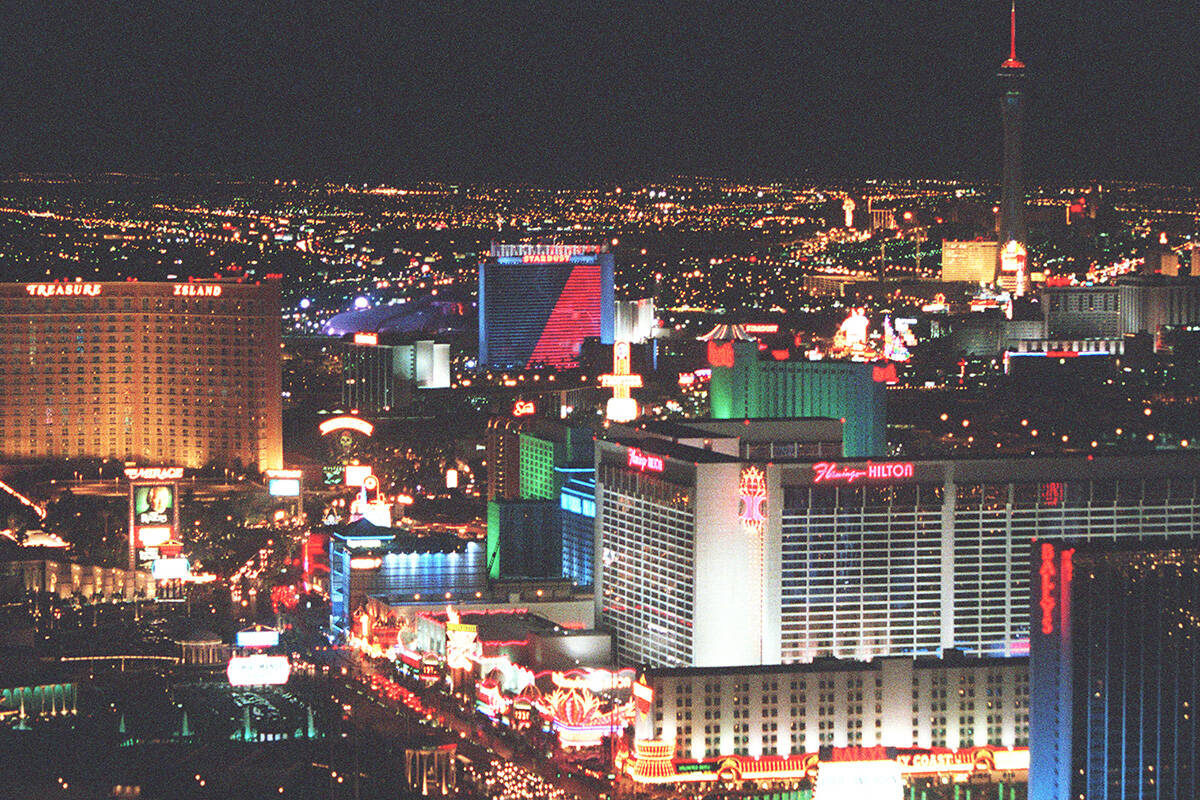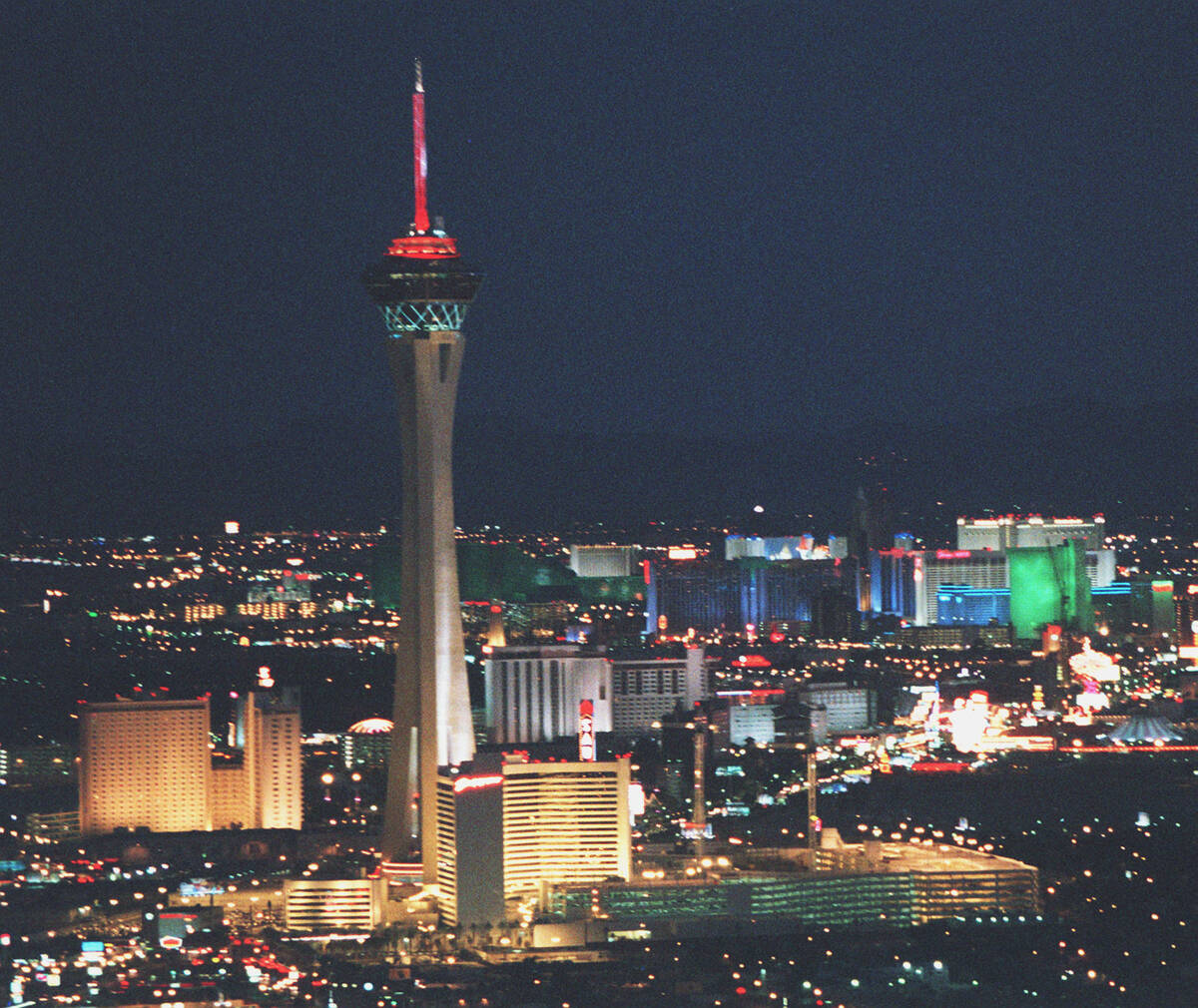How many people lived in Las Vegas 30 years ago?
Back in 1996, the UNLV’s Center for Business and Economic development projected that Clark County would have 2.26 million residents by 2024.
Turns out they weren’t far off as this year the same report, the 2024-2060 Population Forecasts has the county’s population at 2.41 million, so 26 years ago they were only off by approximately 147,000 residents.
Clark County is expected to hit 3 million residents in 2042, and the 1996 report estimated the county would break 2.5 million residents by 2034. This year’s report has Clark County breaking 2.5 million residents by 2027.
Andrew Woods, director of the Center for Business and Economic Research at UNLV and one of the authors of the CBER report said there is a long history in the valley of population projections.
“From what I was told, we started doing this on our own in the early 1990s when the population was really booming and there were competing forecasts,” he said. “Sometime around 1997 there was agreement at least among local government entities to focus on one forecast which I credit my predecessor, Dr. Keith Schwer, with achieving.”
Schwer was a well-known economic forecaster who is in the Business Hall of Fame at UNLV’s Lee Business School. He died in 2006 at the age of 66 of esophageal cancer.
The 1996 report had some prophetic things to say about the trajectory of the valley’s economic diversification even back then, projecting both tourism and gaming to grow but for the valley to start attracting other industries.
“The current trend of strong economic growth would continue into the future,” read the report. “The slower rate of gaming expansion in the rest of the country would assure the continuation of larger tourist flows into the area. Besides the exogenous variables (growth of demand for gaming due to growth of the national and international economies), the ‘inertial’ forces of growth (construction and migration resulting from growth) will keep internal demand for non-gaming activities (and gaming directed to the local residents) at relatively high levels.
The 26-year-old report was also spot on in predicting what modern day Las Vegas might look like in 2024, as real estate prices have soared and the cost of living has increased exponentially.
“The continuation of healthy demand for the gaming industry would enable the construction and operation of the resorts already planned and not yet built,” read the report. “Growth, however, would bring some additional costs to those who live in the area and those who are relocating to the area. Local prices for housing and non-tradable goods and services will increase, higher demand for public services such as education, police and fire protection among others would result in increased tax burdens.”
Finally, the report also hit the nail on the head when it comes to some of the issues local Las Vegans face today which include transportation infrastructure and job growth due to demand in specific industries such as gaming and construction.
“Additionally, population and economic growth would bring more traffic congestion, noise, pollution, and other negative externalities, reducing the amenity level (quality of life). Lower amenity levels compensated in part by higher monetary wages, nonetheless act as a drag on the level of competitiveness of the local industries.”
Contact Patrick Blennerhassett at pblennerhassett@reviewjournal.com.


















